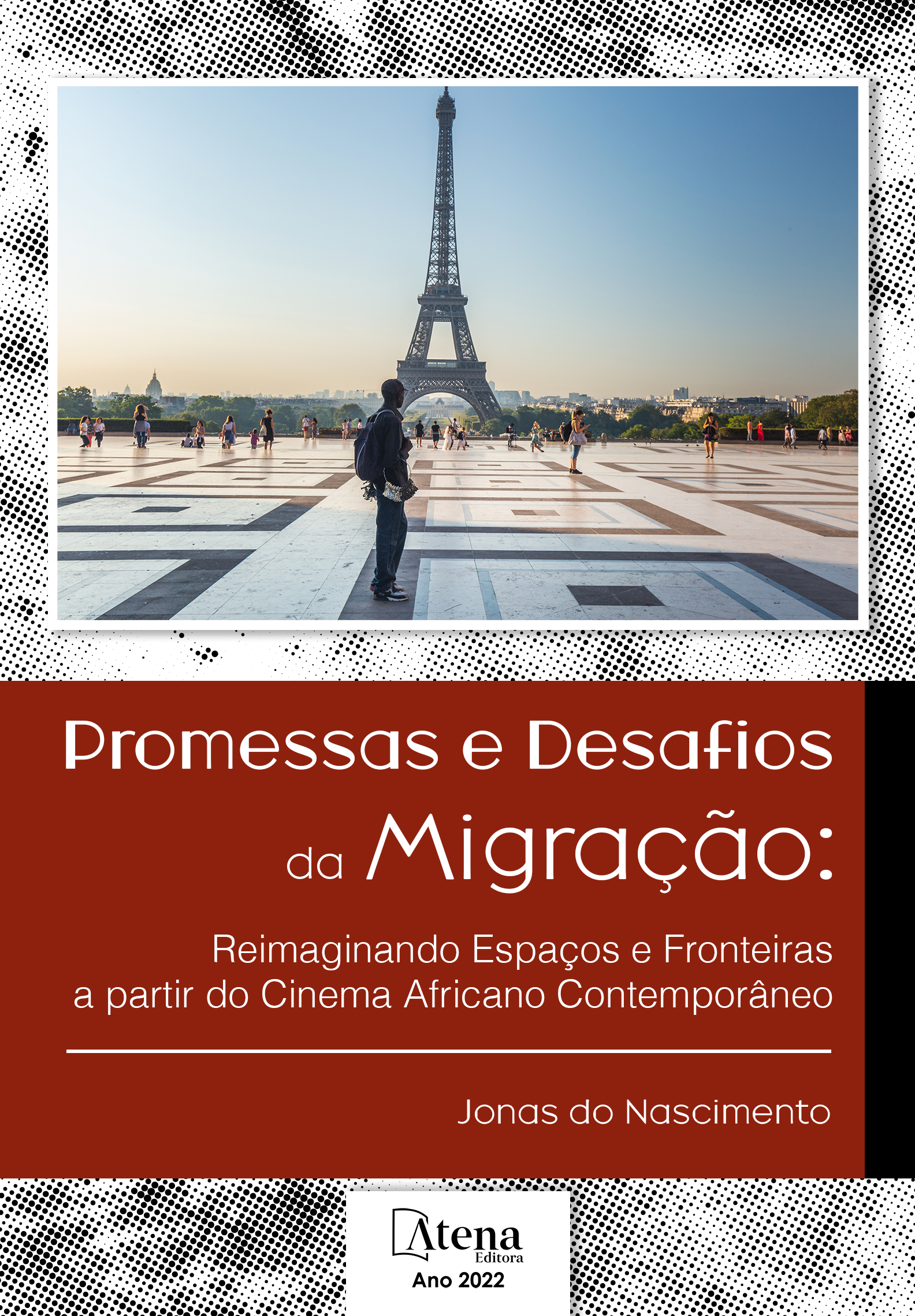
Promessas e Desafios da Migração: Reimaginando Espaços e Fronteiras a partir do Cinema africano Contemporâneo
Nesta era de globalização, as “imagens dos outros”, e de suas histórias, muitas vezes chegam até nós em reportagens, vídeos e fotografias de jornais que pouco ou quase nada nos revelam de fato sobre quem são esses “estranhos à porta”. A crise migratória tornou-se o maior dilema moral contemporâneo e desafia rotineiramente nosso entendimento dos padrões culturais e dos direitos estabelecidos – ao mesmo tempo que denuncia um controle crescente dos corpos e do espaço. Se tais imagens refletem a nossa cultura, também servem elas simultaneamente como um elemento que a constitui. Sendo assim, o estudo que se apresenta propõe compreender de que forma o “fenômeno migratório”, como “deslocamento no espaço” – seja ele exterior ou interior, físico ou imaginário – foi reapropriado e problematizado por cineastas africanos contemporâneos (eles próprios sujeitos migrantes e diaspóricos), a partir da análise de filmes produzidos nos últimos anos. Como filmes que assumem uma postura histórica engajada, busca-se aqui compreender as diferentes estratégias estéticas subjacentes à “encenação fílmica”, no que se refere à trajetória de seus personagens dentro do espaço social e simbólico do mundo recriado em cada obra. Logo, interessa pensar de que maneira, no cinema, “articulam-se” estrategicamente novas subjetividades estéticas e políticas, reconfigurando a tensão entre o “global” e o “local”, o “aqui” e o “acolá”, ao apresentar outras formas possíveis de “comunidade”, “espacialidade”, “territorialidade”, “memória” e “pertencimento”, além das fronteiras tradicionalmente delimitadas.
Promessas e Desafios da Migração: Reimaginando Espaços e Fronteiras a partir do Cinema africano Contemporâneo
-
DOI: 10.22533/at.ed.257222101
-
Palavras-chave: Cinema africano. Migração. Espacialidade. Sociologia do filme. Pós- colonialismo.
-
Keywords: African cinema. Migration. Spatiality. Sociology of film. Postcolonialism.
-
Abstract:
In this era of globalization, the “images of others” and their histories often come to us in stories, videos and photographs of newspapers that reveal little or nothing about who these outsiders are. The migratory crisis has become the greatest contemporary moral dilemma and routinely challenges our understanding of established cultural standards and rights – while denouncing increasing control of bodies and space. If such images reflect our culture, they also serve simultaneously as an element that constitutes it. Thus, the present study proposes to understand how the “migratory phenomenon”, as “displacement in space” – be it exterior or interior, physical or imaginary – has been reappropriated and problematized by contemporary African filmmakers (themselves migrant subjects and diasporic), based on the analysis of films produced in recent years. As films that take an engaged historical stance, it is sought here to understand the different aesthetic strategies underlying the “filmmaking”, regarding the trajectory of their characters within the social and symbolic space of the world recreated in each film. Therefore, it is important to think of how, in the cinema, new aesthetic and political subjectivities are strategically “articulated”, reconfiguring the tension between the “global” and the “local”, the “here” and the “there”, when presenting other forms of “community”, “spatiality”, “territoriality”, “memory”, and “belonging”, beyond traditionally delimited boundaries.
-
Número de páginas: 282
- Jonas do Nascimento


